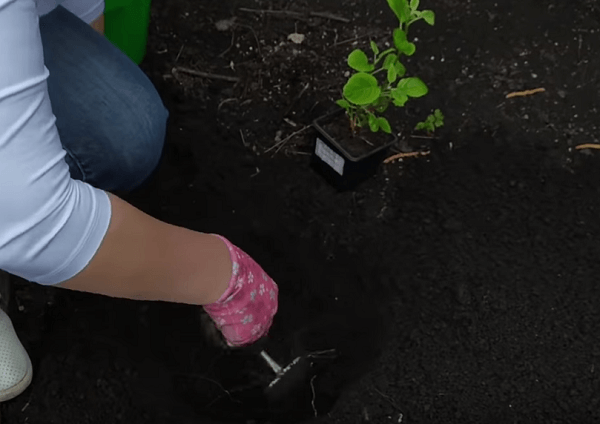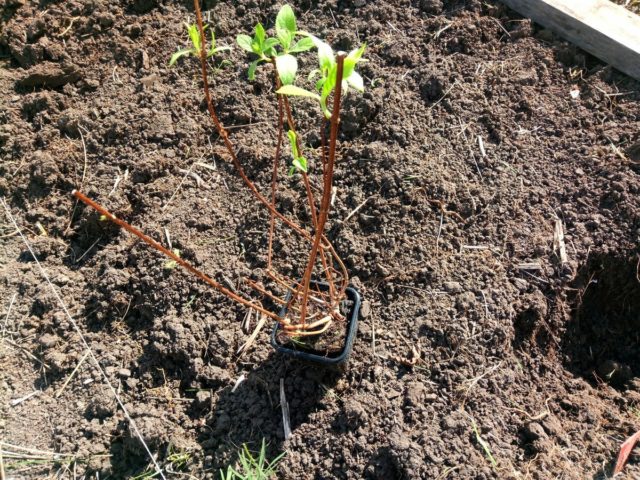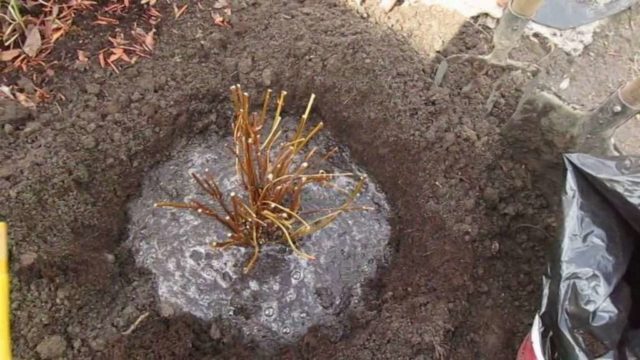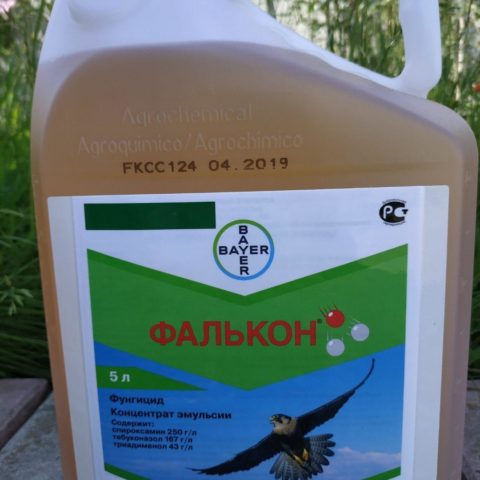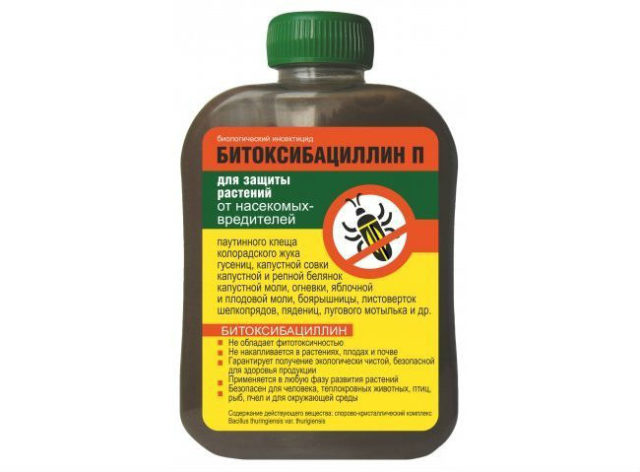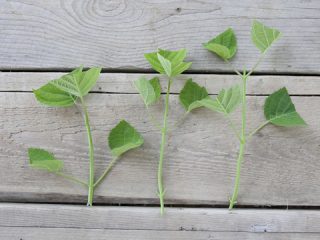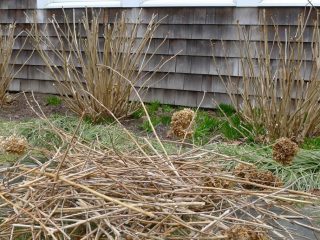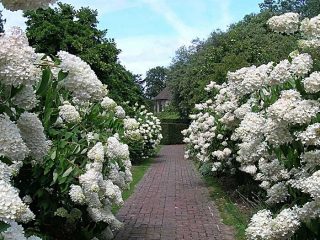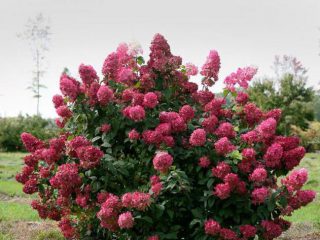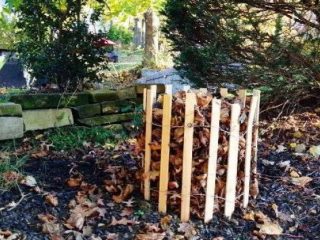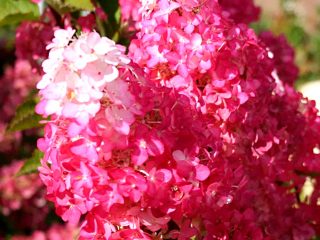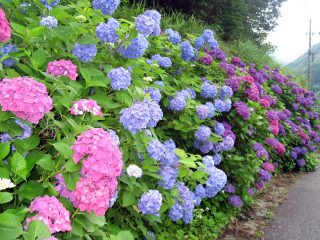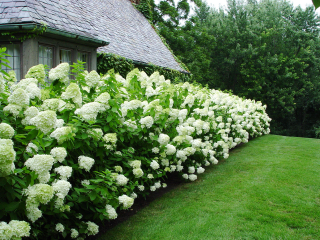Content
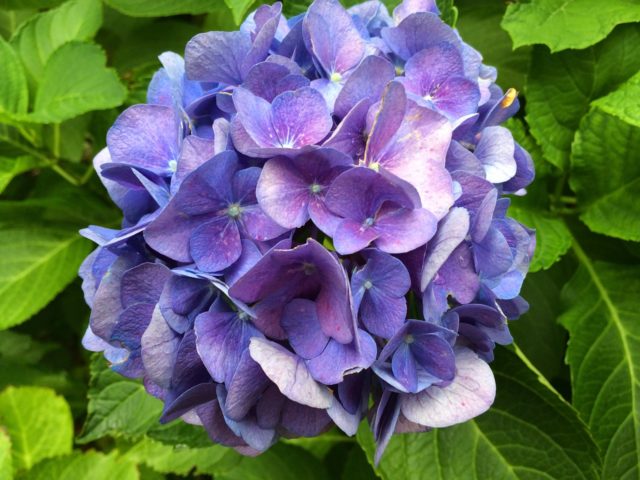
There are no special difficulties in developing a crop with a long flowering period.
Does hydrangea grow in the Urals?
If a gardener decides to start growing a new crop in the Urals, then do not hesitate. You just need to take into account that the weather is not the same in different places in the region. Therefore, when choosing varieties, climatic conditions must be taken into account. Not only the air temperature in the Urals is different. There are differences in the amount of precipitation, and, consequently, in air humidity.
Hydrangea varieties for the Urals
As already noted, not all species are suitable for cultivation in the Urals. In addition, despite their frost resistance, they will still require shelter for the winter (partial or complete).
Popular paniculate varieties for growing:
- Little Dot Darts;
- Limelight Peter Zwijnenburg;
- Kyushu;
- Vanilla Fraze;
- Unique.
Among the tree varieties recommended for cultivation:
- Hayes Starburst;
- Annabelle;
- Sterilis.
Darts Little Dot
Dart's Little-Dot is a low-growing compact shrub, the height of which is no more than 80 cm. The plant is famous for its large paniculate inflorescences collected from small flowers. At first the petals have a milky tint, then they become pinkish. The buds appear in mid-summer and do not disappear until autumn. The plant is frost-resistant; it does not need to be covered at air temperatures down to -28 degrees. Hydrangea of this variety is suitable for growing in the Southern Urals.
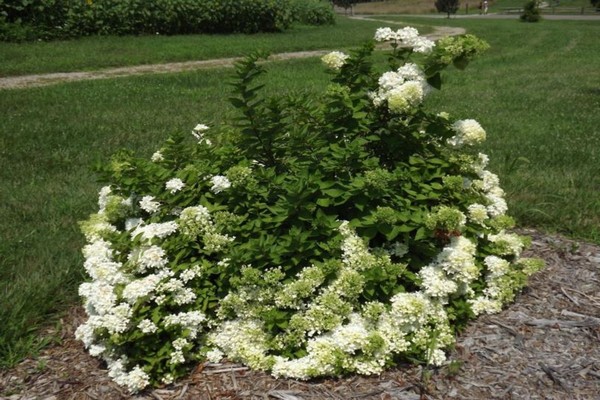
During flowering, the Darst Little Dot bush is strewn with large panicles from bottom to top.
Limelight Peter Zwijnenburg
Limelight Pieter Zwijnenburg is a very tall shrub suitable for growing in the Urals. With good care and following the rules, it reaches a height of up to 2.5 m. The creamy white inflorescences are slightly greenish, like lime. Paniculata hydrangea blooms from July to September.
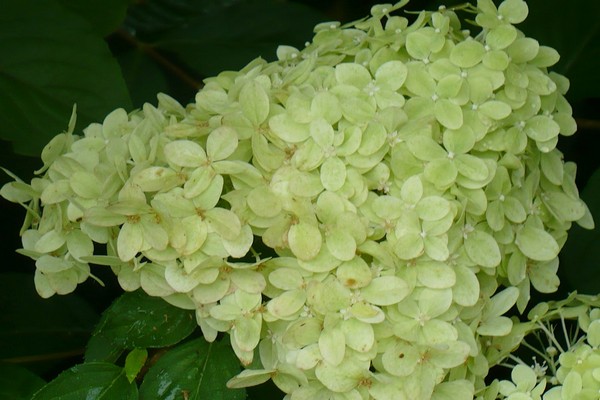
Limelight Peter Zwijnenburg is winter-hardy, can withstand temperatures down to -38 degrees, a good crop for growing in the Urals
Kyushu
Kyushu - the variety is large in size, growing up to 3 m in height. It has long white inflorescences.
The buds on the bushes in the form of panicles last from mid-July and delight with their aroma until the second half of October (depending on the temperature).
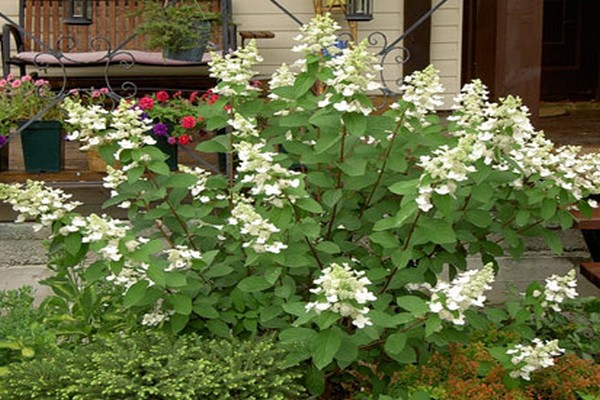
The Kyushu variety can decorate any garden
Vanilla Fraze
Vanilla Fraise - When planting this ornamental shrub, gardeners can expect to receive small, compact plants.The height of hydrangea is approximately 1.5 m. The inflorescences are also interesting. At first they are creamy white, becoming dark red closer to September. Hydrangea's winter hardiness is average, so it is best suited for growing in the Middle Urals.
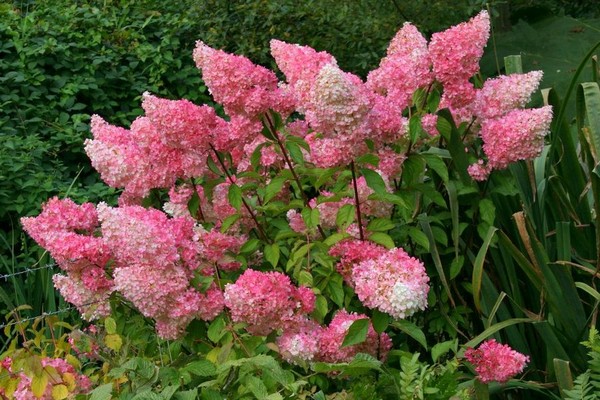
The color of Vanilla petals does not change immediately, so different shades can be observed on one bush.
Unique
Unique – the variety is characterized by tall bushes. They grow up to 2.5 m. Flowering is long-lasting, starting in mid-summer. Large panicles are white when blooming, then turn pink.
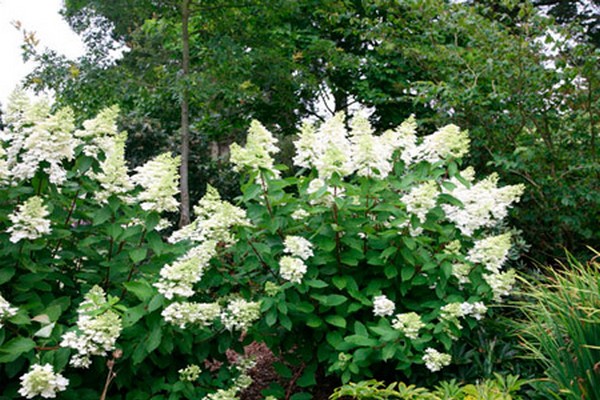
Shrubs of the Yunik variety are suitable for growing in the Urals, as they can withstand temperatures down to -34 degrees without damage
Hayes Starburst
Hayes Starburst is one of the varieties of tree hydrangeas. The frost resistance of the crop is high (up to -34 degrees), it does not require shelter for the winter. Possible cultivation throughout the Urals. Hayes Starburst is represented by a compact shrub about 1.5 m high. The petals are white.
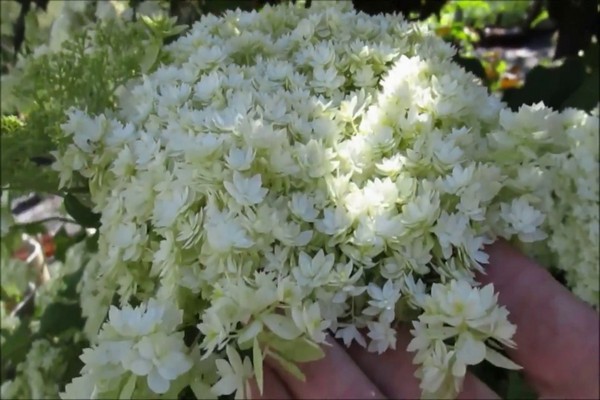
The inflorescences of the Hayes Starburst variety are dense, consisting of many small buds
Annabelle
Annabelle - a low-growing bush, which cannot be higher than 1 m, has a long flowering period. The buds are lush and have a round shape. All petals are white. Growing in the Urals is possible because the variety is famous for its high frost resistance.
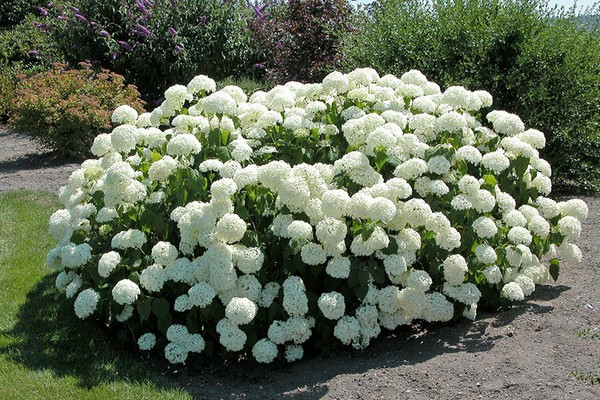
The Annabelle bush is not tall, but wide: not only the inflorescences, but it itself looks like a ball
Sterilis
Sterilis - a crop grown by gardeners in the Urals for its abundant and long-lasting flowering. Immediately after blooming, the petals are greenish, then become snow-white.
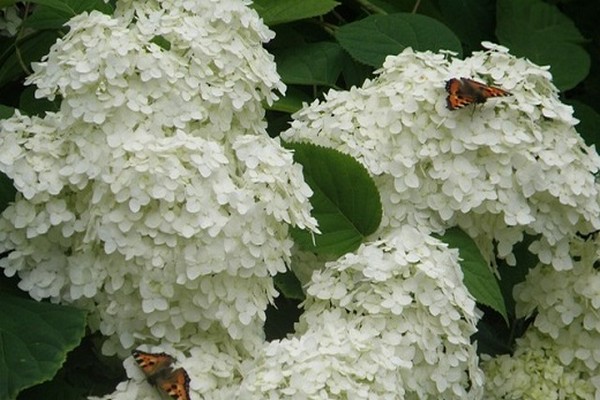
The Sterilis variety has fragrant flowers, so there are always a lot of insects on them
When to plant hydrangea in the Urals
Hydrangea, as a rule, is planted in a new place at any time. But experienced people advise gardeners in the Urals to plan work for early spring. The fact is that in the fall, seedlings cannot always take root due to sudden changes in weather. In this region, cold weather can begin early and suddenly.
Planting and caring for garden hydrangea in the Urals
If we talk about the process of growing, planting and further care, then there are no special differences. In the Urals, hydrangea is planted in the same way as in other regions. You just need to remember some recommendations.
Selection and preparation of a landing site
Plants react negatively to winds and drafts. This should be taken into account when growing crops. An open place is also not for hydrangea. It is recommended to grow bushes next to a fence or tall trees so that the sun illuminates the plantings until noon. The site should be on a slight elevation so that water does not stagnate after rains. This is harmful to the root system: rotting will lead to the death of the bush.
As for the soil, slightly acidic compounds should be used for plants.
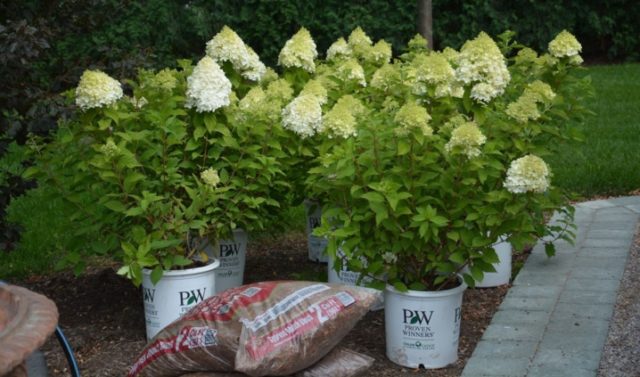
When growing hydrangea in the Urals, you must add peat to the holes to slightly oxidize the soil.
How to plant hydrangea in the Urals
As soon as you purchase a hydrangea seedling, you need to start planting it. In order for the survival rate to be high, you must follow the recommendations:
- Dig a hole at least 50 cm deep and wide.
- Pour in 30 liters of water so that it goes as low as possible. It is better not to use chlorinated water from the water supply.
- The next day, fill the hole with a nutrient mixture consisting of humus, peat, sand and garden soil in a ratio of 1:2:1:2.
- Since the bush will grow in one place for several decades, it is recommended to apply mineral fertilizers before planting: urea (20 g), potassium sulfur (25 g), superphosphate (55 g).
- Water the seedlings in the container to make it easier to remove the plant.
Hydrangeas grown in pots have a developed root system, which promotes rapid growth
- Place the seedling in the center of the hole, straighten the roots.
- Sprinkle with soil, water and mulch with pine needles.
The shoots need to be shortened, then the bush will grow faster
Attention! The root collar of the seedling should be flush with the ground.
Watering and fertilizing
Growing hydrangeas in the Urals has its own characteristics. The fact is that precipitation falls unevenly there. Therefore, you need to ensure that the top layer of soil is always moist.
You need to water with warm water. To increase the splendor and beauty of the inflorescences, it is recommended to add a little potassium permanganate. It is especially important to monitor the condition of the soil in dry, hot weather. If, when growing in the Urals, the plant does not have enough water, this can cause the petals to dry out and fall off.
Don't forget about feeding. These can be mineral fertilizers or organic matter. You need to fertilize hydrangeas several times during the growing season:
- In early spring, to awaken the plants, feed the bushes with urea.
- Before budding, you need to apply potassium and phosphorus fertilizers.
- Before wintering, pour one bucket of humus under each bush.
When growing crops anywhere, including in the Urals, it is useful to feed the bushes with diluted yogurt or kefir, water in which the bread was soaked. The crumb needs to be crumbled under the bushes and the soil loosened.
Wintering
If the variety of paniculate or tree hydrangea has been chosen correctly, then growing it in the Urals will not require much time in the fall. Winter-hardy species do not require special shelter. You need to bend the shoots and fix them.
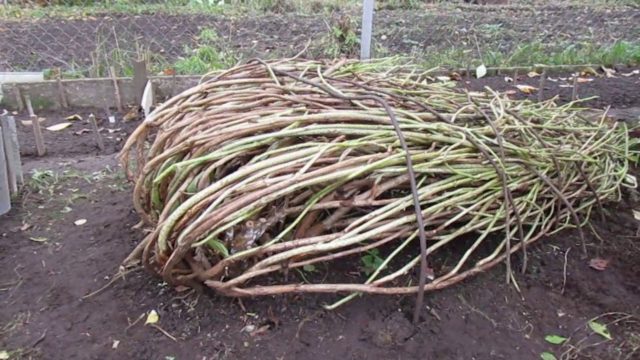
When the temperature drops sharply, it is easy to cover the plantings with non-woven material or spruce branches
You can do it differently - install a frame and fill the space with sawdust or dry leaves.
Trimming
Pruning when growing hydrangea in the Urals is a mandatory procedure. It is carried out several times a season. Early in the spring, before the buds swell, they carry out sanitary work: remove broken and old branches, since the buds form after 1-2 years of growth.
Formative pruning can begin three years after planting, when the bush has become stronger. After flowering ends, the flower stalks must be removed. They not only spoil the decorative appearance of the plantings, but also prevent the plant from developing.
When growing tree hydrangea, gardeners in the Urals do not forget about anti-aging pruning. In autumn, all shoots are cut to a stump of 8-10 cm.
Reproduction
To grow hydrangea in the Urals, you can independently obtain planting material. The culture is propagated in different ways:
- seeds;
- in divisions;
- layering;
- offspring;
- cuttings.
The seed method is not particularly practiced, since it is difficult to preserve maternal properties at home. And flowering occurs after 4-5 years.
Growing seedlings in the Urals using vegetative methods is convenient and practical. Delicate inflorescences appear in 1-2 years.
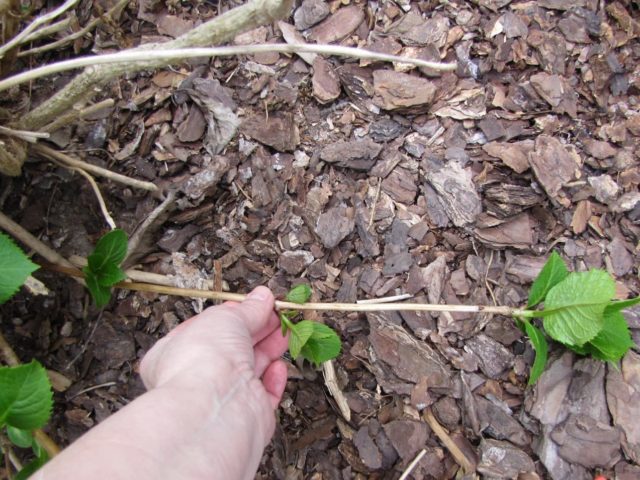
When propagating by layering, a young shoot is used
Diseases and pests
Growing hydrangea in the Urals does not present any particular difficulties. The plant is unpretentious; the bushes bloom in one place for several decades. Unfortunately, there are no varieties that are completely resistant to diseases and pests. Gardeners must have certain knowledge to deal with problems.
Diseases in any region, including the Urals, include:
- powdery mildew;
- brown rot;
- chlorosis.
To save bushes it is recommended to use:
- copper oxychloride;
- "Topaz"
- "Falcon".
The most common pests that plague crops growing in the Urals are:
- spider mite;
- aphid;
- snails
To combat them it is recommended:
- "Bitoxibacillin";
- "Aktaru".
Conclusion
Growing hydrangea in the Urals is possible if you select varieties that suit the climate. In a few years, the garden will delight you with large fragrant inflorescences from mid-summer until autumn.
